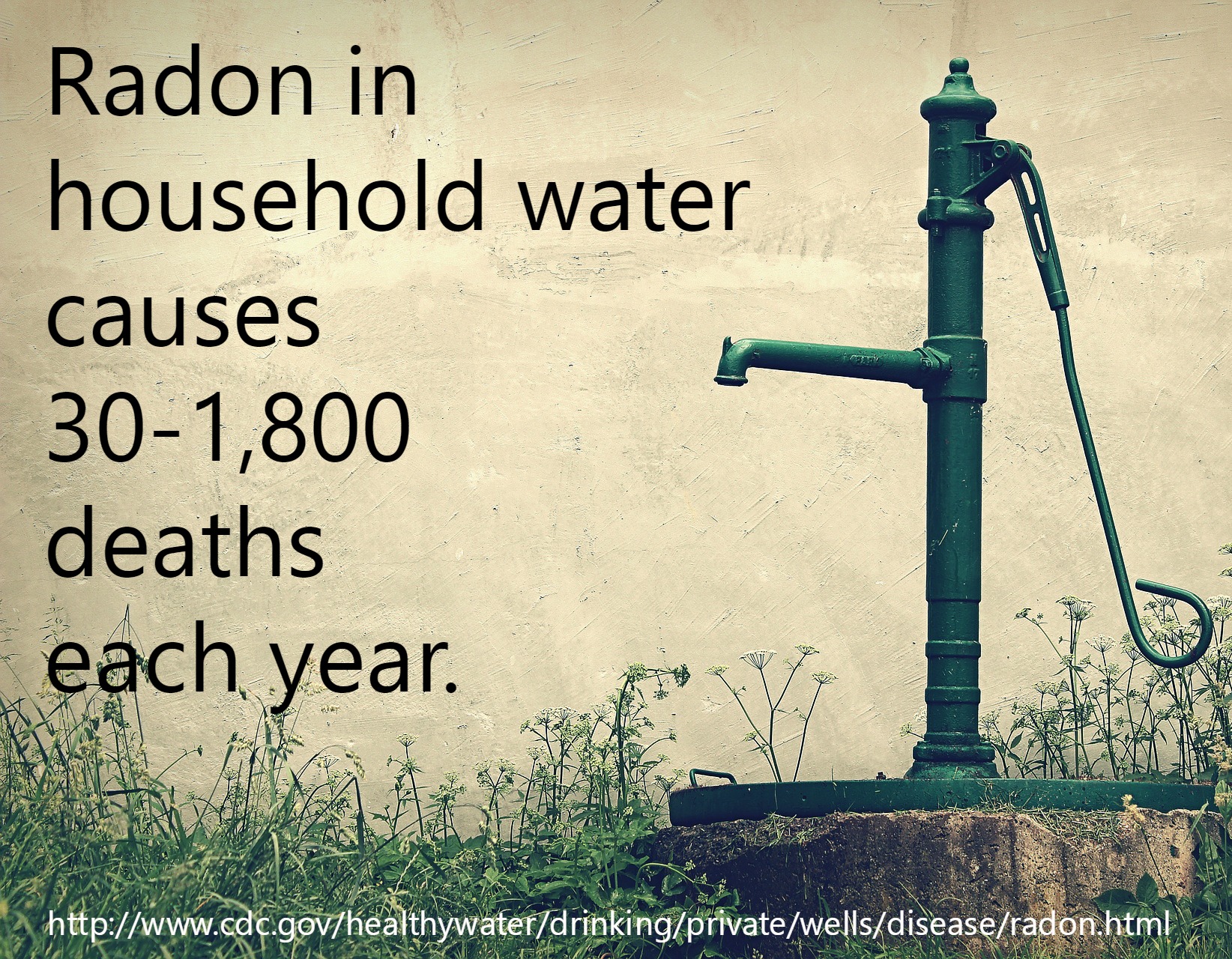Groundwater and Radon Levels in Iowa
Normally, radon gas enters an Iowa home by seeping through foundation cracks in the basement. Radon enters in this manner because it originates in the soil. When uranium breaks down in the soil, radon forms and rises through the soil until it reaches the foundation of your home and seeps inside.
However, it is possible for groundwater to bring radon into the home. You may live in an area where there is a lot of dissolved radon in the groundwater. This is especially common if there is a high content of granite or granitic sand in the area.
If you have a well with water that contains dissolved radon, this may cause elevated radon levels in your home. Most commonly, this dissolved radon in the water is stirred up by activities like showering, washing dishes, and doing laundry. These activities cause the dissolved radon to be released into the air, raising the radon levels in your home.
Reduce Radon Levels in Your Iowa Well Water
If you have had your home tested and have installed a mitigation system but still have high radon levels, well water could be to blame. Take these steps if you are worried about radon in your household water:
 Test for Radon: Have your home tested for radon. If the test results come back higher than the recommended maximum of 4.0, your home has elevated radon levels.
Test for Radon: Have your home tested for radon. If the test results come back higher than the recommended maximum of 4.0, your home has elevated radon levels.- Invest in Mitigation: Have the professionals at AmeriServ install a radon mitigation system. This should reduce the radon levels.
- Test Again: After the mitigation system has been in place for a while, your radon levels should decrease. If not, the radon could be entering your home via the well water.
- Test the Water: Have your well water tested if radon levels do not lower to determine whether radon is entering your home through the drinking water.
- Treat the Water: Aeration treatment (spraying the water with air and venting before using it) or GAC treatment (filtering the water through carbon – radon attaches to the carbon) can be used to remove radon from the water.
If you need to have your water tested, contact your state certification officer. Be sure that water is treated at the source instead of merely having a filter installed below the faucet. This will prevent radon from entering your home through water in the first place.
To have your home tested for radon or to have a mitigation system installed to reduce radon levels in your home, contact AmeriServ Radon Mitigation of Iowa today.

